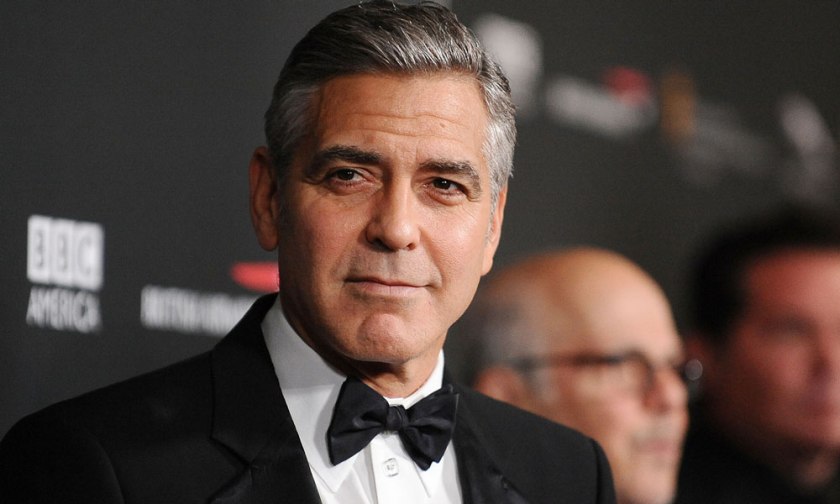George Clooney broke the hearts of millions of women (and probably a lot of men’s, too) when he reliniquished his longtime bachelor status marrying British lawyer Amal Alumuddin.
For years he has regularly topped polls of world’s sexiest/handsome men/hottest heartthrob etc, but now science has confirmed he is the world’s most handsome face.
Using computer mapping technology, the 56-year-old actor’s features were found to be 91.86 per cent accurate to the so-called Golden Ratio of Beauty, Phi – a mathematical equation developed by the ancient Greeks in an attempt to measure beauty – and which for thousands of years was thought to hold the secret formula of perfection.
The superstar, who last month became the father of twins Ella and Alexander, was tested with the latest facial mapping techniques by surgeon Dr Julian De Silva, who runs the Centre For Advanced Facial Cosmetic And Plastic Surgery in Harley Street, London.
“George Clooney has been feted as the world’s most beautiful man for decades – and it is great that his status has now been proved by science, says Dr De Silva.
“He has beautiful facial symmetry and gets closer than any other man to having what the Greeks considered the perfect face.
“He had a near-perfect ratio of nose-to-lip dimension of 99.6 percent and his chin and eye spacing were almost perfect as well. Across the 12 key Phi markers he had the highest combined score.
“His eyes, eyebrows, nose, lips, chin, jaw and facial shape were measured and came closest to the Greeks’ idea of perfection.
“These brand new computer mapping techniques allows us to solve some of the mysteries of what it is that makes someone physically beautiful.
‘The Phi ratio of 1.618 has long been thought to hold the secret of beauty, and now with the computer mapping we can calculate exactly how it applies to men.”
Figures are calculated from measuring the three sections of the face – the forehead from hairline to top of the nose, the nose itself from top to base, and from the base of the nose to the bottom of the chin should all be of equal length to score a perfect 100 per cent.
THE TOP 10, ACCORDING TO DR DE SILVA

NUMBER 1: George Clooney 91.86%
 NUMBER 2: Bradley Cooper 91.80%
NUMBER 2: Bradley Cooper 91.80%
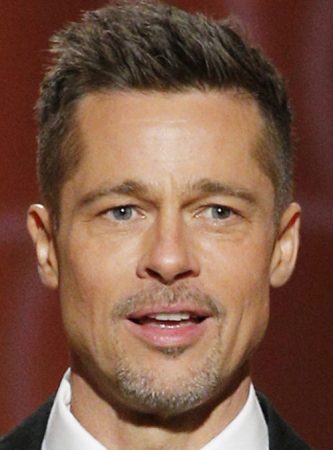
NUMBER 3: Brad Pitt 90.51%
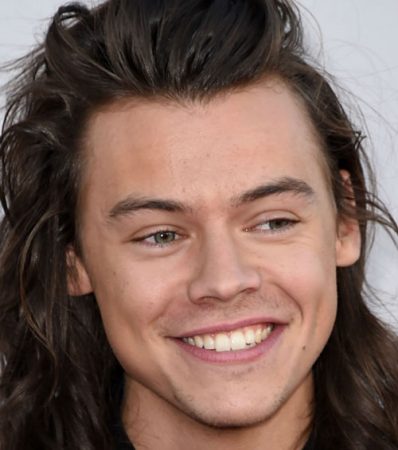
NUMBER 4: Harry Styles 89.63% (“most beautiful eyes and the best chin”)
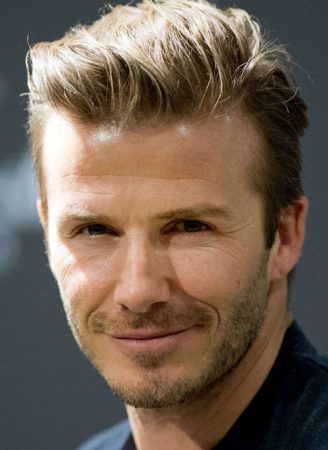
NUMBER 5: David Beckham 88.96% (“most perfectly shaped face”)
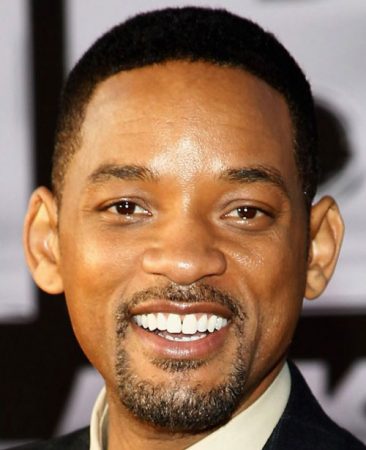
NUMBER 6: Will Smith 88.88%
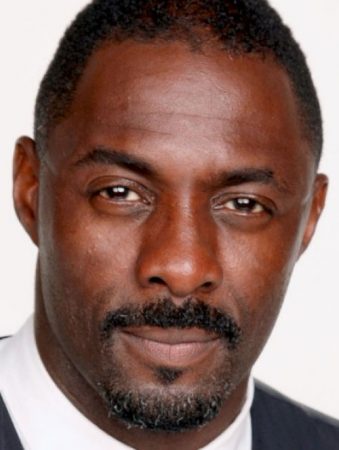
NUMBER 7: Idris Elba 87.93%
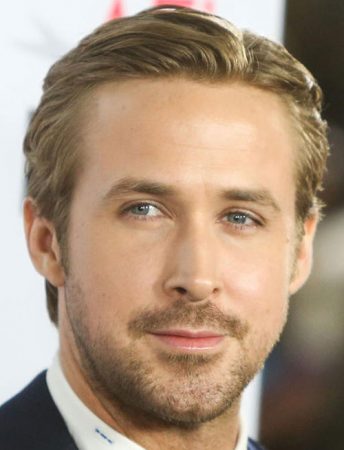
NUMBER 8: Ryan Gosling 87.48% (“the perfect nose”)
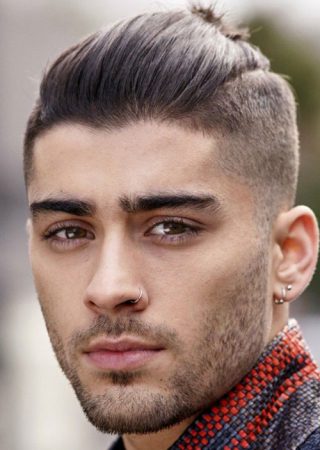
NUMBER 9: Zayn Malik 86.5%
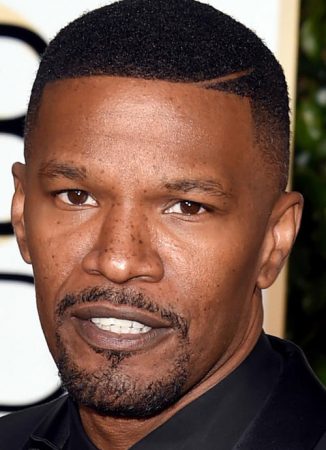
NUMBER 10: Jamie Foxx 85.46%
WHAT ELSE MAKES A PERSON ATTRACTIVE
Understanding the elements that contribute to attractiveness gives aesthetics business owners/managers and therapists, and cosmetic medical practitioners and clinicians a competitive edge with clients.
Beauty is in the eye of the beholder, as the age-old adage goes, but we all have an uncannily similar view of what we find attractive about another person, whether we know it or not.
Being young and classically beautiful, interestingly, is not the holy grail of attractiveness.
It is eminently possible for an older woman or man whose looks have lost their youthful bloom, with lines and wrinkles and greying hair, to still light up a room filled with the young, bold and beautiful.
The essence of attractiveness doesn’t depend solely on age, the absence of wrinkles or the tautness of facial features.
In that vein, a mature client’s frantic pursuit of anti-ageing procedures and products is not necessarily going to make them look more appealing.
Without the “magic ingredients” of attractiveness, they may discover the time and money invested to be ill spent. That then reflects or impacts on the service provider.
Attractiveness is inextricably linked to two key factors:
DO THE MATHS
First of all, it’s Phi.
Processing attractiveness takes milliseconds – we look with our eyes, but we see with our brains, according to Sydney cosmetic physician Dr Naomi McCullum.
“Leonardo Da Vinci, one of the world’s most celebrated thinkers, couldn’t understand beauty. So he measured everything.
“Across the centuries many of the world’s greatest intellectual minds, including Gallileo, Michaelangelo and Einstein, were awed by the fact that natural beauty appears dependent on a `divine’ proportion, known as the Golden Ratio.”
The term is derived from the mathematical proportion of “perfect harmony” known as Phi: 1.618, aka the Golden Number. It applies to everything from architecture and music to the symmetry and proportion of facial features.
It all started in ancient Greece and Egypt. It is believed the Egyptians used it in the design of the Great Pyramids and the Greeks, the Parthenon.
The ratio occurs in nature and was identified in 1200 AD and named the Fibonacci Sequence after its discoverer, Italian mathematician Leonardo Fibonacci.
According to US plastic surgeon Dr Steven Dayan, a keynote speaker at the 2015 AustralaAsian Academy of Anti Ageing Conference (A5M) conference, this ratio is fundamental to what we subliminally find attractive in other people, regardless of age, sex or race and is a pre-wired evolutionary instinct.
Over the past few years, this has also formed the basis of anti-wrinkle and dermal filler injecting techniques to simulate or approximate the Golden Ratio for every client.
As Dr Dayan told the A5M conference, with modern technology this mimicking of “ideal” of beauty is achievable for almost everyone.
It is not enough anymore to just fill out lines, wrinkles and hollows but for a practitioner to know how to contour features with anti-wrinkle injection and dermal fillers for more aesthetically-pleasing proportions.
Hence, this is why when spas, salons and clinics are engaging the services of doctors or nurses to perform injectables, these practitioners’ knowledge of “ideal” facial proportions is hugely desirable.
Renowned Canadian plastic surgeon Dr Arthur Swift, a regular attendee and keynote speaker of medi-aesthetic conferences in Australia, is a world-leading proponent of this with his BeautiPHIcation concept.
Dr Swift has identified what he calls the Magnificent Seven attributes: facial shape (chin, cheeks and symmetry), forehead height, eyebrow shape, eye size and inter-eye distance, nose shape, lips (length and height) and skin (clarity, texture and colour).
He looked at a woman who is considered the most beautiful on the planet – Angelina Jolie – and gave her a 100 percent rating for the Magnificent Seven.
Similarly, Sydney cosmetic physician Dr Joseph Hkeik bases his rejuvenation injecting techniques on the proportions that make younger faces look more attractive to the subliminal eye.
“These structures are more triangular than round,” he says, and calls them the Three Triangles of Beauty.
“The first is the `expressive triangle of beauty’, formed from the eyes to the lips. Equally important is the `structural triangle of beauty’, framed by the cheekbones and chin. The third `subconscious triangle of beauty’ frames the most prominent part of the forehead and nose.
“As people age, their faces tend to become square instead of following the ideal triangular forms, making them look jowly and unhappy.
“Inverse [downward] triangles form in the facial contours, especially in the mid-face, resulting in sagging and a sour expression. This can be corrected by filling and augmenting the cheeks, lifting the jaw line and softening lines that draw the eye downwards.”
THE PLUS OF PERSONALITY
A client might achieve what they see in the mirror as nirvana in terms of having lines and wrinkles ironed out or facial features lifted and firmed with surgical and/or non-surgical procedures. But this renewed state of “youthfulness” is not a guarantee of attractiveness.
Sydney cosmetic physician Dr Van Park says many studies have shown that the perceived qualities of “approachability and friendliness” can make people seem more attractive than their actual physical appearance might otherwise indicate.
Conversely, very good looking people may not be seen as attractive as they are on the face of it (literally) if they don’t seem warm or inviting.
Personality, thus, and how it reflects in a face and manner is key.
With this in mind, people who go overboard with surgical and/or non-surgical procedures in a bid to recapture lost youth or achieve an ideal of beauty that is not realistic could have the reverse effect.
“The aim of cosmetic enhancement should be to help people look the best possible versions of themselves,” Dr Park says. “This is an art form and depends on the practitioner’s understanding of what is right for that individual and the individual’s understanding what is right for them. It is an important partnership.
“The irony is that somebody who has too much cosmetic surgery or overdoes non-surgical rejuvenation treatments wont actually end up looking better, or younger. Just different. What is the point of that?
“Having said this, the vast majority of my clients ask to look `refreshed’ and `less tired’ as opposed to saying things like `make me beautiful’ or `I want to look 10 or 20 years younger’.”
Dr Hkiek agrees that taking the expression out of a person’s face with too much of a good thing runs counter to a client’s interests.
However, he pointed out there are some facial expressions that do bear reducing or eliminating.
“However happy and friendly a person might actually be, frown lines between the eyebrows (known as the glabellar region) can create an appearance of unhappiness, tiredness, anger or outright hostility, among other unattractive qualities, and certainly make a person look older than they are,” he says.
“Anti-wrinkle injections in Australia are actually only officially indicated for use on the glabellar, even though they are now widely used to relax lines and wrinkles on other areas of the face and re-contour features with strategic injections [for instance, lifting the brows for a younger, brighter-eyed or reversing drooping, `sad sack’ mouth corners].
“I am not an advocate of freezing the whole forehead, which leaves a client’s face unable to express emotion, but certainly softening glabellar lines will make a profound difference to their perceived age and attractiveness.”

